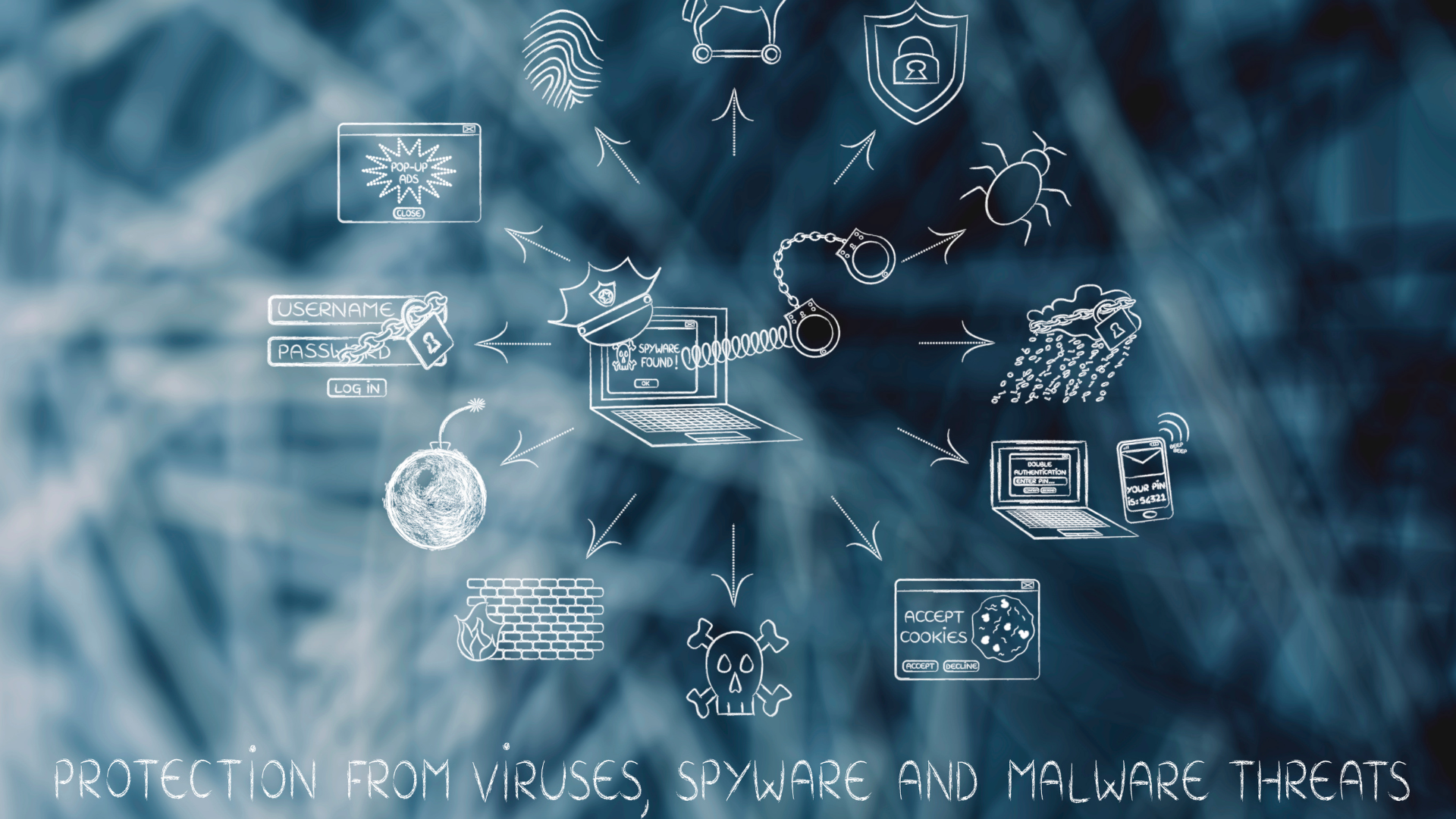While some companies may underestimate the significance of taking proactive measures to safeguard themselves against cyber threats, IT professionals are acutely aware of the critical importance of investing in security features and staying up-to-date with technology advancements. Cybersecurity is not just an option but an imperative for modern businesses, given the ever-evolving landscape of digital threats.
To underscore the necessity of such precautions, let’s delve into an example of a prevalent cyber threat: ato fraud or account takeover fraud. This insidious scheme involves malicious actors gaining illicit access to a user’s account, typically by exploiting vulnerabilities in security practices or employing deceptive techniques like phishing.
Imagine a scenario where a reputable online retailer becomes a victim of ato fraud. Unbeknownst to the company, a cybercriminal has gained unauthorized access to a significant number of customer accounts.
Once inside, the cybercriminal begins to make unauthorized purchases using these compromised accounts, causing financial losses for both the customers and the company. Customers might notice suspicious activity on their accounts, leading to a loss of trust in the retailer, potentially tarnishing their reputation.
However, if effective cybersecurity solutions had been implemented correctly, the criminals would not have been able to exploit vulnerabilities for their illicit activities. Such proactive measures could have spared both the customers and the online retailer from the ensuing troubles and headaches.
The aforementioned example underscores why organizations should heed the advice of IT professionals and consider implementing the ten helpful tips provided in this article to fortify their defenses against cyber threats.
1. Cloud Computing
Cloud Computing is a type of computing in which applications and data are stored remotely, often on servers owned by a third party. This makes it easier for users to access their information from any location, and it can speed up the process of retrieving information.
However, cloud computing also makes it easier for criminals to steal your information. Because your data is stored on a remote server, criminals can access it without having to break into your computer or steal your password.
2. Virtualization
Virtualization is one of the latest technologies to come onto the scene and it has made a big impact in the world of information technology. It allows multiple operating systems and applications to run simultaneously on a single computer, making it an incredibly powerful tool for protecting your organization from cyber threats.
One of the benefits of virtualization is that it can make it easier to manage security patches. By separating different applications and operating systems, you can more easily track which ones are affected by a security update and make sure that all users are updated before continuing to use the system.
And virtualization can also help protect your data against cyber attacks. By creating separate virtual machines (VMs), you can isolate your data from other parts of the system, making it more difficult for hackers to gain access to it.
3. Restricted Access
One key part of safeguarding your organization is restricting access to sensitive information. This can include setting up passwords and firewalls, as well as using encryption technologies to protect data. It’s important to remember that not everyone in your organization needs access to the same level of information, and it’s also important to keep track of who has access to what.
Regularly testing your security measures is also key. Make sure you have an up-to-date antivirus program installed and test it regularly for any signs of infection. Be sure to test your passwords as well, and make sure they are strong enough to withstand a brute-force attack. Finally, always keep an eye on social media for any clues about impending cyber threats targeting your organization. If you see anything suspicious, don’t hesitate to contact your IT team or law enforcement officials for more help protecting your business.
4. Data Security
A good way to keep your organization safe from cyber trouble is by using a layered data security strategy. This means having several layers of protection in place. The first layer is pretty basic, like setting up strong passwords and using firewalls. After that, you can add more layers, such as using encryption software, systems that detect intrusions, and backup plans in case things go wrong. If handling all this sounds tricky, businesses can bring in experts who offer managed services for cybersecurity.
These managed service providers can do a bunch of things to keep businesses and their data safe. They can start with basic stuff like keeping an eye on things and making sure everything is working well. They can also perform more complex tasks like checking for risks, scanning for vulnerabilities, and even carrying out tests to see if intruders could break in. That is why, seeking the help of a managed it services company could be a good idea.
5. Social Engineering Attacks
Cybersecurity is a top concern for organizations of all sizes. There are many ways to protect your organization from cyber threats, but some of the most powerful methods are social engineering attacks and data breaches.
Social engineering attacks involve tricking someone into revealing sensitive information by using psychological tactics such as guilt or fear. Data breaches occur when unauthorized individuals access or steal confidential information, such as Personally Identifiable Information (PII), from an organization.
To protect your organization from cyber threats, start by understanding how social engineering and data breaches work. Next, take steps to safeguard yourself against these types of attacks by implementing strong security measures, such as firewalls and anti-virus software. Finally, educate your employees about the dangers of cyber threats and how to protect themselves.
6. Outsourcing Technology
When it comes to keeping your business secure and protected from cyber threats, outsourcing is one of the best ways to go. Outsourcing can help you free up your time to focus on other business concerns while also protecting your organization from digital attacks.
When outsourcing, choose a reliable Calgary IT services provider (or a similar one in your operational region). Ensure the selected provider has the necessary experience and resources to safeguard your organization against cyber threats. Look for a strong security track record and a wide array of satisfied clients. Also, confirm that the provider has established comprehensive security procedures and protocols, including routine penetration tests and vulnerability assessments.
Educate employees about cyber threats. Employees need to be aware of the dangers of cyber threats, especially if they are going to be working with or accessing sensitive information online. Teach them how to protect themselves against online scams, how to use anti-virus software, and how to protect their personal information online. Encourage them to report any suspicious activity or contacts they make online so that you can take appropriate action.
7. Password Managers
Password managers are tools that help you keep track of all of your passwords and secure them in one place. This way, if someone were to steal your passwords, they would only be able to access the passwords for accounts that you have stored in the manager.
There are a number of different password managers available on the market, so it is important to choose one that will fit your needs. Some of the most popular options include 1Password, LastPass, and Dashlane.
To get started using a password manager, first make sure you install it on your computer and create an account with it. Next, start storing your passwords in the manager and set up some basic rules for how you want them to be used. For example, you might want to limit how many passwords can be stored per account or require unique passwords for each account.





